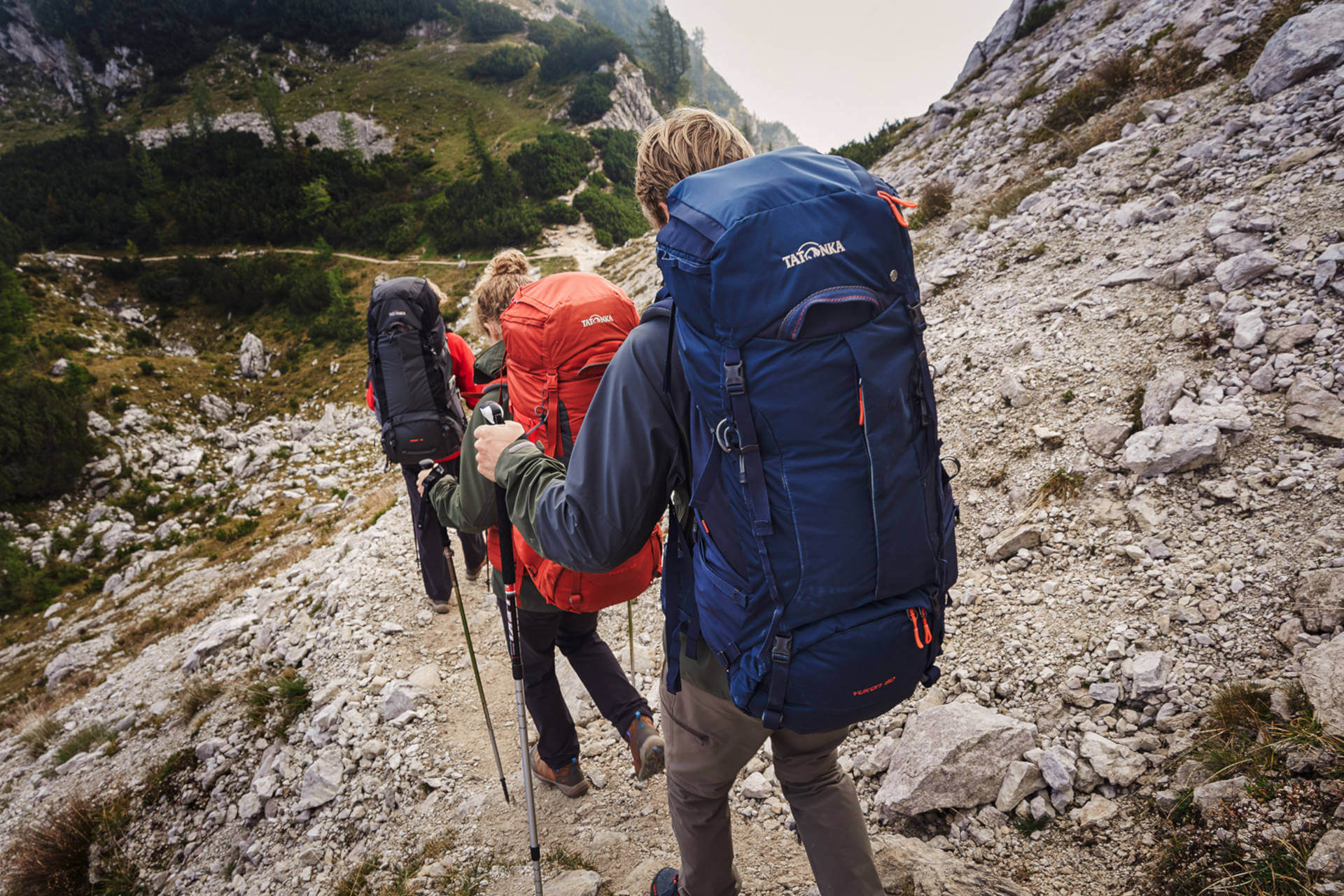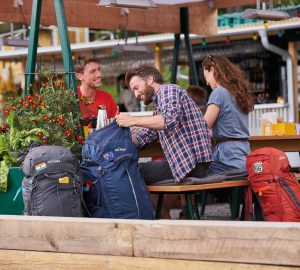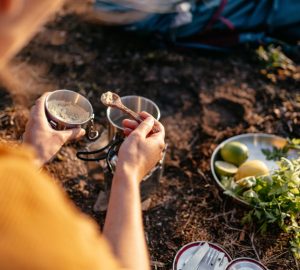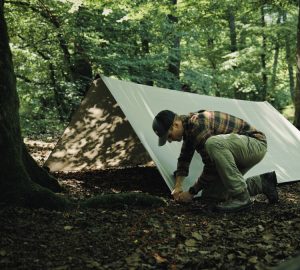Just stuff your equipment into your backpack and off you go? This method wastes space and taxes both your carrying power and your back. A few tricks can help you to pack your change of clothes, outdoor equipment, food and drink and other necessities in a way that saves space and energy, yet still means everything is readily to hand. In this article Following we show you how to pack a trekking backpack correctly.
How long will my trip last? How much luggage would I like to take and must I take? Am I planning to undertake my trip at an even, calm and sustained pace or am I a speed trekker? On what terrain will I be? The Tatonka trekking backpacks offer a capacity from a sporting 35 litres to a mighty 90 litres and their features and carrying system are adapted in an optimum way to the requirements of different trekking tours. All trekking backpacks from the Yukon Series are all-rounders and can cope with loads of about 25 kilos thanks to their well-proven V2 carrying system.
Tidiness is indispensable
Once you have chosen the right backpack, you need to assemble the necessary equipment. Especially for trekking tours you’ll need a first-aid kit, a change of clothing, a cooker and cookware, a sleeping bag and sleeping pad but also food and drink, a toilet bag and other small items such as a hiking guide and a charging cable. Equipment can be packed compactly to take up the smallest possible space with the help of robust and compressing ‘tight bags’, convenient stowing bags and various other bags. They keep your backpack tidy and items that belong together are kept readily available.
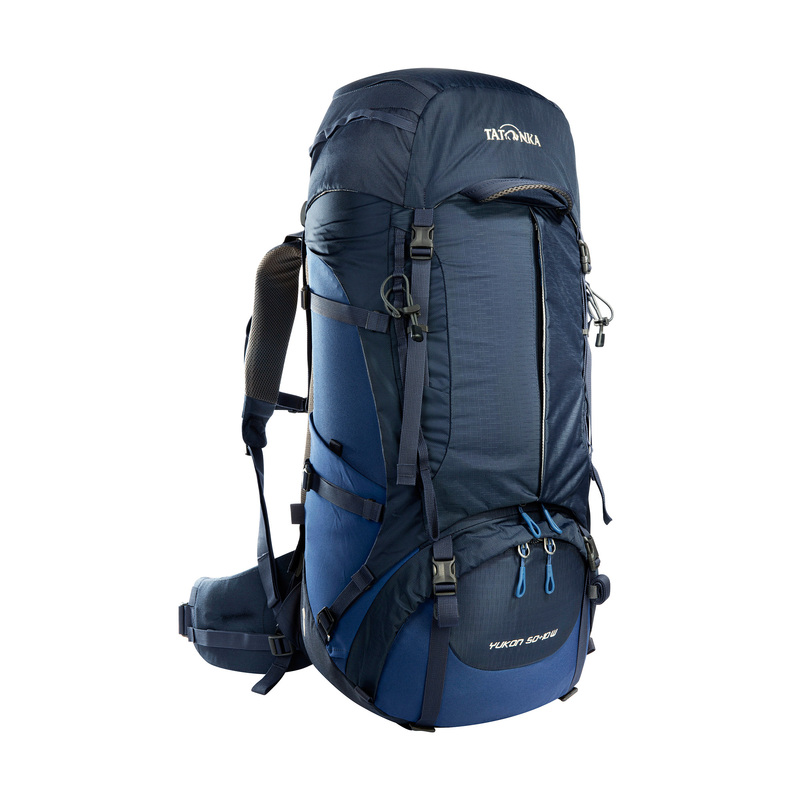
Our Yukon with its powerful carrying system, its high-quality workmanship and the large 3D front opening is the ideal companion for trekking, backpacking tours and traveling. The Yukon is available in different sizes and colors and as a unisex or special women’s model.
Packing to save space and energy
Your sleeping bag and other light items belong in the bottom compartment of the backpack, while the heavy things should be packed in the main compartment. A fully packed bottom compartment gives the carrying system extra stability and also improves the load transmission. A backpack is easiest to carry and most comfortable when heavy items are positioned as close as possible to your back.
Of course, you should make sure that your backpack is filled evenly, so that one side is not heavier than the other. This would be an unnecessary strain on your back and detracts from the stability of the backpack. Clothing and other items can also be packed on the outer side of the main compartment. Your tent and bad-weather wear should be right on top, so that you have protection from wind and weather on hand if necessary. In the top compartment, you can put lighter items, such as your hiking guide or weather protection cream, so that they are easily accessible.
Drinking flasks and food belong in the side compartments. The attachment loops on the outside of the backpack hold walking sticks and sleeping pad safely and conveniently, but you should ensure that there is nothing dangling loose from the backpack and everything is firmly secured.
Almost all Tatonka trekking backpacks also have an integrated first-aid compartment in their top cover, so that the first-aid kit is immediately available in an emergency. Here you can find an overview of first-aid kits, their content and their application.
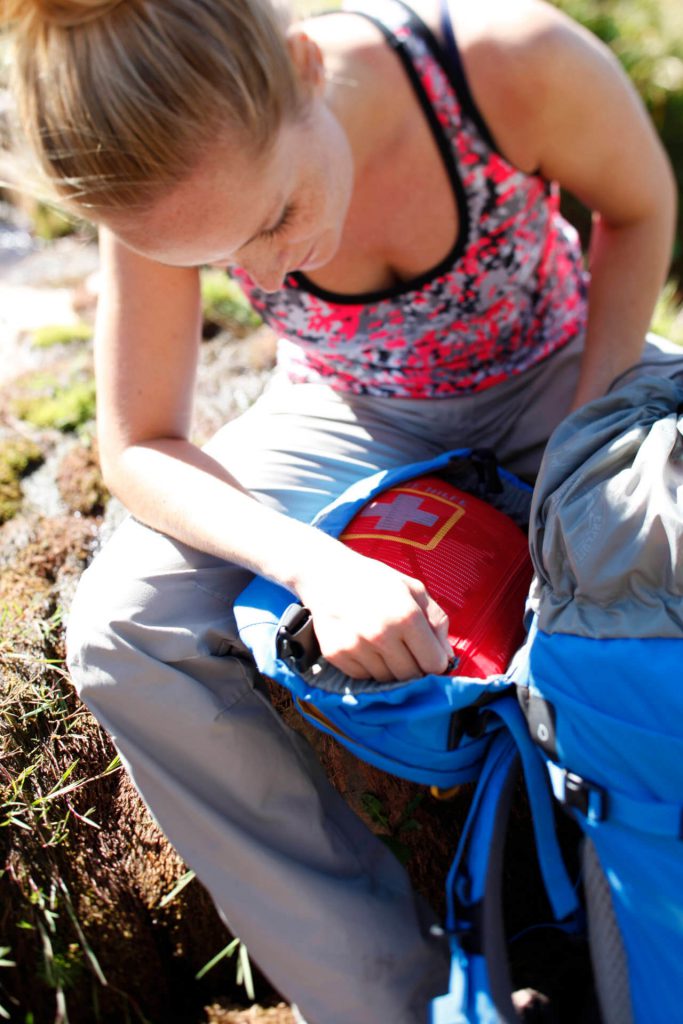
For maximum carrying comfort and an optimum load control even of heavy weights and on long hikes, the trekking backpack must be individually fitted to its carrier and properly packed. Here you can read all about the fitting of your backpack and adjustment of the carrying system.
Wanna find the perfect match for your trekking needs? Here you can find all Tatonka trekking backpacks.




